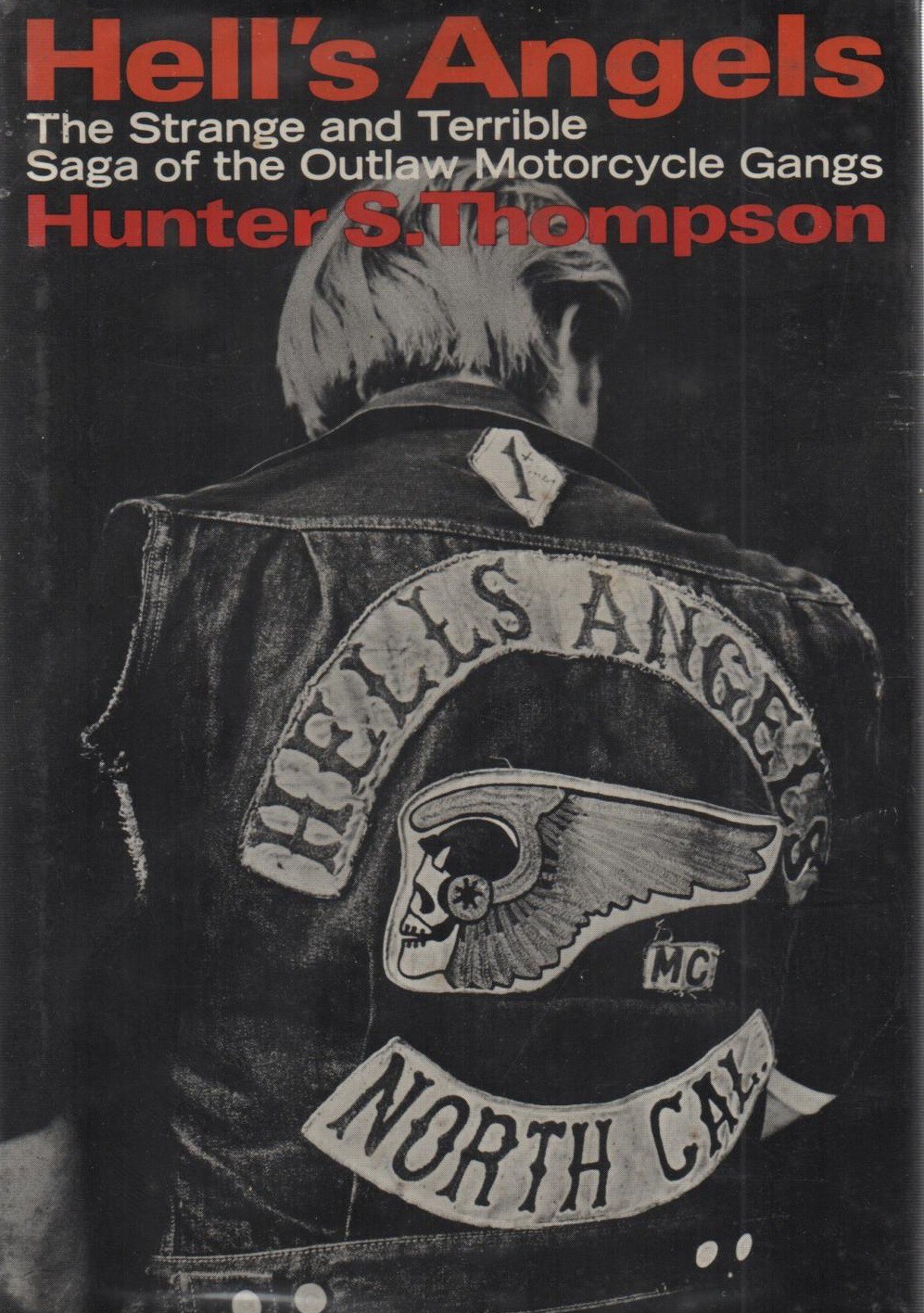Inside The World Of The Hells Angels

Table of Contents
History and Origins of the Hells Angels
The Hells Angels' story begins in the post-World War II era of California. Founded in 1948 in Fontana, California, the club initially consisted of a relatively small group of veterans and other young men drawn together by a shared love of motorcycles and a rebellious spirit. The early years were marked by a growing sense of camaraderie and a distinct counter-cultural identity. However, the club's evolution has been far from straightforward, involving significant shifts in its image and public perception. Early conflicts with rival motorcycle clubs cemented their reputation as a powerful and sometimes violent organization.
- Founding year and location: 1948, Fontana, California.
- Early members and their backgrounds: Primarily World War II veterans and other disenfranchised youth.
- Key conflicts and rivalries: Early clashes with rival clubs like the Mongols and the Bandidos shaped their identity and solidified their position within the outlaw motorcycle club landscape.
- Expansion across the United States and internationally: From their California roots, the Hells Angels expanded throughout the United States and into various countries worldwide, establishing a global network of chapters.
The Hells Angels' Structure and Hierarchy
The Hells Angels operate under a strict hierarchical structure, organized into chapters that report to a larger national or even international body. This structured system ensures a clear chain of command and facilitates communication and coordination across diverse geographical locations. The club's distinctive patches and insignia hold significant meaning, symbolizing membership and representing various ranks within the organization. Each member plays a specific role, from the club president to the sergeant-at-arms, each contributing to the overall functioning of the club.
- Charter system and chapter organization: Each chapter operates autonomously to a degree, but ultimately remains answerable to the higher levels of the organization.
- Ranks within the club and their associated privileges/responsibilities: A defined hierarchy exists, with different ranks carrying varying levels of authority and responsibility.
- The role of the national/international leadership: The "mother club" exerts ultimate control and oversees the activities of individual chapters.
- Meaning and symbolism of Hells Angels patches and colors: Patches are more than mere identifiers; they represent rank, affiliation, and club history.
Activities and Businesses of the Hells Angels
The Hells Angels' activities encompass a spectrum of legal and illegal ventures. While some chapters operate legitimate businesses, such as motorcycle repair shops or other enterprises, the club has a long and well-documented history of involvement in organized crime, including drug trafficking, money laundering, extortion, and violence. The economic impact of these activities is significant, and law enforcement agencies worldwide dedicate considerable resources to investigating and disrupting the club's criminal enterprises.
- Legal businesses and enterprises: These serve as fronts for money laundering and provide a source of legitimate income.
- Allegations and convictions related to criminal activities: Numerous members have faced arrests and convictions for various crimes, painting a picture of extensive criminal involvement.
- The role of money laundering and financial crimes: Sophisticated financial schemes are used to conceal the origins of illegally obtained funds.
- Government crackdowns and investigations: Law enforcement agencies continuously target the club's criminal activities through complex investigations and coordinated operations.
The Hells Angels' Culture and Lifestyle
The Hells Angels' culture is defined by a strong sense of brotherhood and loyalty among its members. This bond is reinforced through rituals, traditions, and an internal code of conduct that emphasizes loyalty, obedience, and secrecy. The lifestyle of a Hells Angels member is often characterized by a commitment to the club's activities, whether legal or illegal, and a dedication to the shared lifestyle and values. The club's presence in communities often elicits mixed reactions, ranging from fear and apprehension to a degree of begrudging respect.
- Initiation rites and membership requirements: Becoming a full member involves a rigorous process that reinforces commitment and loyalty.
- Social gatherings and events: These events strengthen the bonds between members and uphold the club's distinct culture.
- The role of motorcycles in Hells Angels culture: Motorcycles are central to the Hells Angels' identity and lifestyle.
- Public perception and media portrayal of the club: The media’s portrayal frequently focuses on the club's criminal activities, overshadowing any other aspects.
Law Enforcement and the Hells Angels
Law enforcement agencies worldwide actively monitor and investigate the Hells Angels, employing various strategies to disrupt their criminal activities. High-profile investigations and legal cases have resulted in numerous arrests and convictions, although prosecuting Hells Angels members often presents significant challenges due to the club’s strict code of silence and the complex nature of their criminal operations. International collaboration among law enforcement agencies is crucial for effectively combating the Hells Angels' transnational criminal activities.
- Notable arrests and prosecutions: Numerous high-profile cases highlight the ongoing efforts to dismantle the club's criminal network.
- International collaboration among law enforcement agencies: Sharing intelligence and coordinating investigations across borders is essential.
- Challenges in investigating and prosecuting Hells Angels members: Omertà (code of silence) and witness intimidation hinder investigations.
- The effectiveness of current law enforcement strategies: While successes have been achieved, the Hells Angels remain a persistent challenge for law enforcement.
Conclusion: Understanding the Hells Angels Motorcycle Club
The Hells Angels Motorcycle Club represents a complex and multifaceted organization. Their history, structure, activities, and culture reveal a group with both an internal social structure and a significant history of criminal involvement. Understanding the Hells Angels requires acknowledging the interplay between their outlaw image, their internal loyalty, and their engagement in both legitimate and illegitimate businesses. To gain a more complete understanding, further research is recommended, utilizing books, documentaries, and academic studies on the subject. Learn more about the fascinating and controversial world of the Hells Angels, and delve deeper into their history and impact. Continue your exploration of the Hells Angels Motorcycle Club to gain a more complete understanding.

Featured Posts
-
 Finding The Best Nike Running Shoes For 2025 A Buyers Guide
May 26, 2025
Finding The Best Nike Running Shoes For 2025 A Buyers Guide
May 26, 2025 -
 When Someone Disappears A Practical Approach
May 26, 2025
When Someone Disappears A Practical Approach
May 26, 2025 -
 All Star Weekend A Look At The Casting Decisions And Their Impact
May 26, 2025
All Star Weekend A Look At The Casting Decisions And Their Impact
May 26, 2025 -
 Strengthening Canada Mexico Trade Relations In The Face Of Us Protectionism
May 26, 2025
Strengthening Canada Mexico Trade Relations In The Face Of Us Protectionism
May 26, 2025 -
 Myrtle Beach Hit And Run Arrest Made In Deadly Crash
May 26, 2025
Myrtle Beach Hit And Run Arrest Made In Deadly Crash
May 26, 2025
